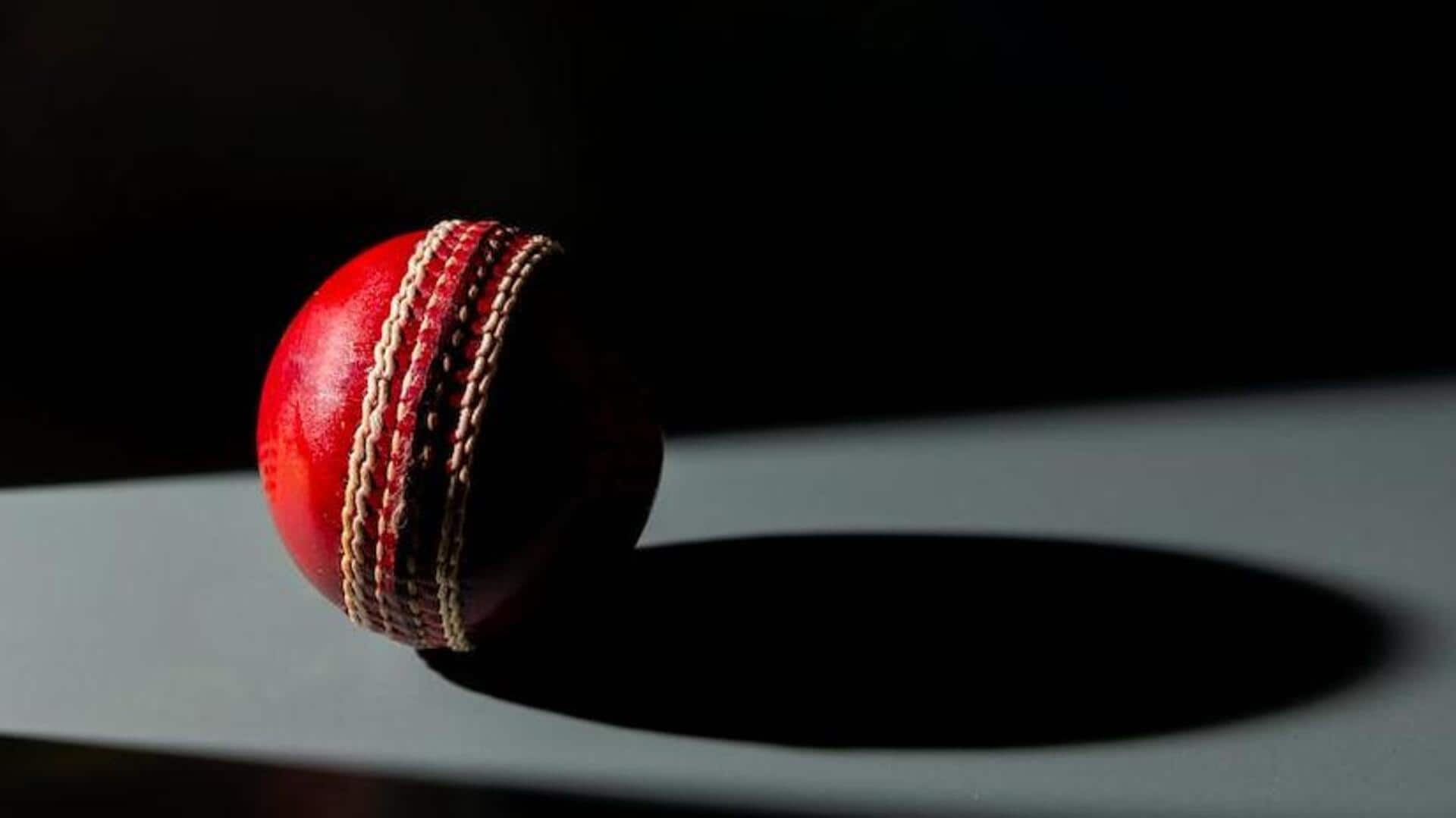
What are the different types of spin bowling in cricket
What's the story
In most cricket matches, the batsman and bowler engage in combat. Even though the batsmen are ultimately responsible for helping the team score the most runs necessary to win, the bowlers also contribute significantly to the outcome. A crucial component of bowling is spin. Let's learn different types of spin bowling in cricket.
Right-arm leg-break
Right-arm leg-break spinners
Commonly referred to as right-arm leg or wrist spinners, the spinner tends to move the ball away from a right-hander, while it comes into the left-hander. The spinner uses his wrist to move it in an anti-clockwise direction and generally bowls at a speed of 70-95 kmph. A study reveals that leg-spinners are likely to generate more spin, along with bounce, drift, and dip.
Right-arm off-break
Right-arm off-break spinners
Unlike leg-spinners, right-arm off-spinners use their fingers, instead of the wrists, to generate spin, as they generally bowl at a speed of 70-95 kmph. The technique involves releasing the ball through fingers by making it move clockwise, which comes into the right-hand batsmen and moves away from the left-handers. As the technique involves the lack of wrist, off-spinners don't generate enough spin like leg-spinners.
Left-arm China-man
Left-arm China-man spinners
These spinners too are leg-break bowlers, who bowl through their left arm at a speed of 70-95 kmph. Notably, since they are left-armers, the trajectory of spin reverses, as compared to the right-handers. While the technique remains the same, the most notable thing is the term of calling them China-man. However, there is no specific explanation that exists about it to date.
Left-arm orthodox
Left-arm orthodox spinner
To simply put this in place, they are the left-arm off-spinners, who bowl usually at a speed of 70-95 kmph. Again, being an off-spinner, they do not generate enough spin, forcing them to focus on dip and drift. They are most effective in the longer formats of the game, as their tendency to toss the ball more and generate enough flight confuse the batsmen.